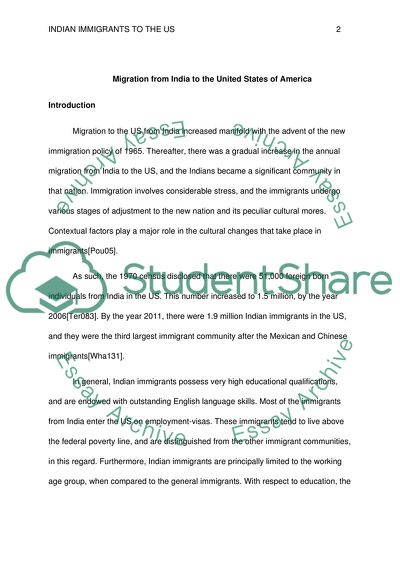Cite this document
(Migration Research Paper Example | Topics and Well Written Essays - 3750 words, n.d.)
Migration Research Paper Example | Topics and Well Written Essays - 3750 words. https://studentshare.org/sociology/1842896-migration
Migration Research Paper Example | Topics and Well Written Essays - 3750 words. https://studentshare.org/sociology/1842896-migration
(Migration Research Paper Example | Topics and Well Written Essays - 3750 Words)
Migration Research Paper Example | Topics and Well Written Essays - 3750 Words. https://studentshare.org/sociology/1842896-migration.
Migration Research Paper Example | Topics and Well Written Essays - 3750 Words. https://studentshare.org/sociology/1842896-migration.
“Migration Research Paper Example | Topics and Well Written Essays - 3750 Words”. https://studentshare.org/sociology/1842896-migration.


